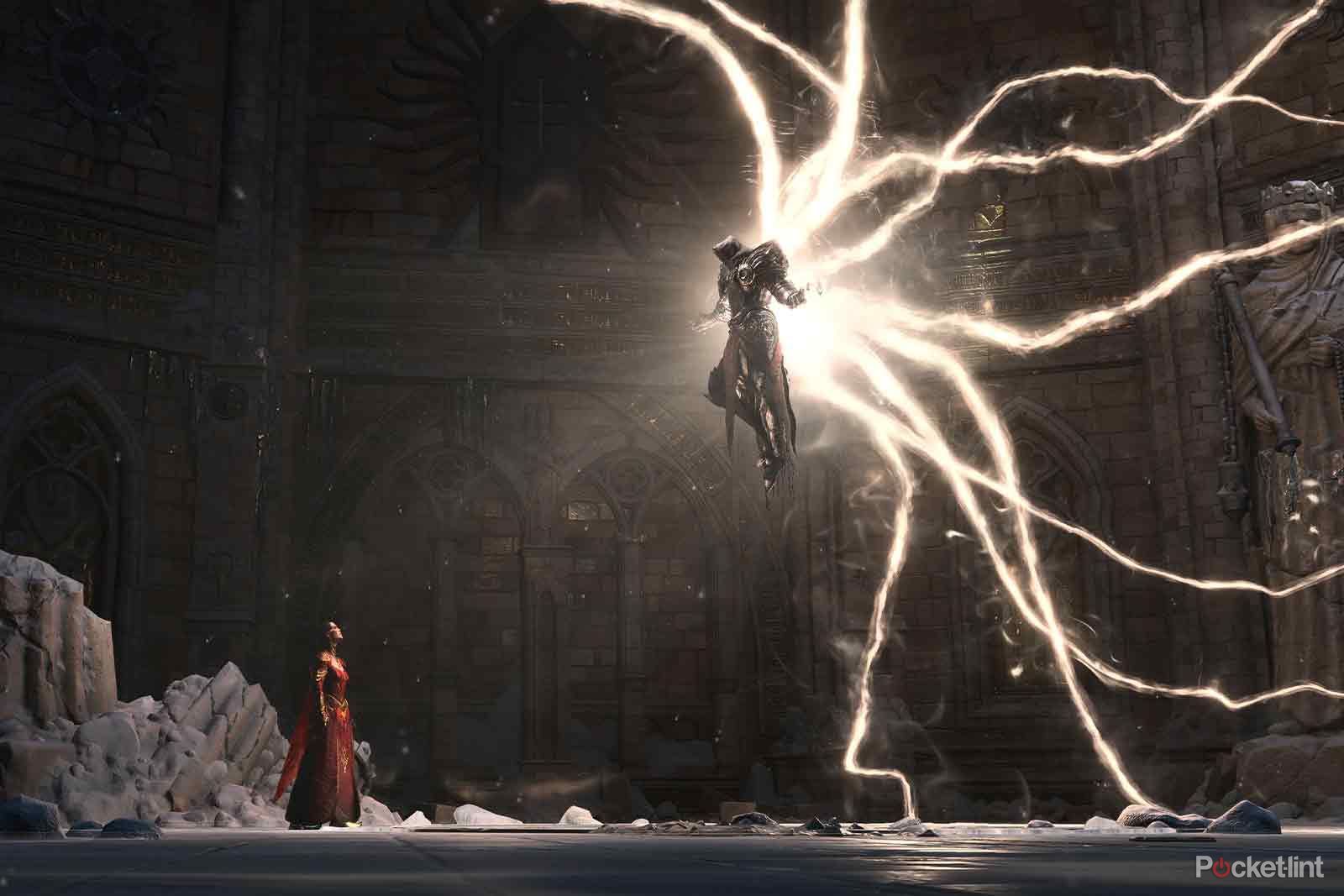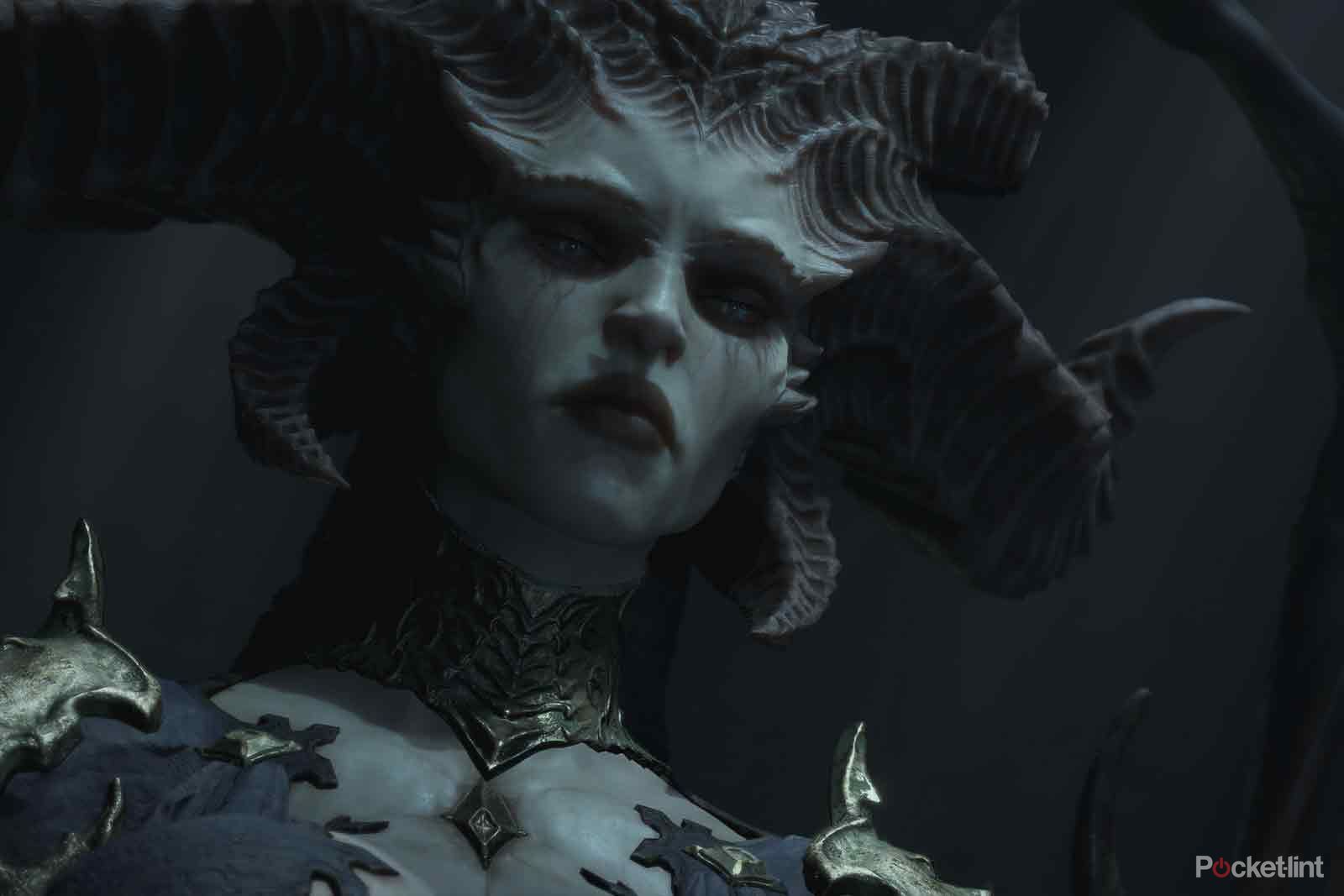The devil’s in the details. Diablo 4 is pretty fantastic – a compelling and moreish action RPG that resets a lot of what players grated against in Diablo 3, smoothing out the edges and serving up a huge, grim and fascinating world.
We’ve hugely enjoyed exploring its nooks and crannies, and finding out just how bad things can get when Lilith makes the world of Sanctuary her plaything (the answer: very bad), and you can find out more of our overall thoughts in our full review.
Something that stood out to us more than any of the game’s wonderfully twisted set pieces, gruesome boss fights, labyrinthine dungeons or classy cut-scenes, though, despite seeming at first inconsequential, was its total dedication to in-game destruction.
We’re not talking about physics-based systems that let you change the game world radically or meaningfully, but rather something that is always in a good dungeon crawler, but rarely as carefully crafted as in Diablo 4.
As you run through literally any location in Diablo 4, you’ll find piles of crates, towering stacks of books, crumpled armour sets, messy desks, occult scaffolds, bloated bodies and far, far more besides. All of them can be hit and smacked with whatever power or move you like to give a satisfying bit of visual and audio feedback.
Sometimes they’ll spit out a little loot – maybe some gold, perhaps a healing potion, and this lottery will get its hooks into your brains just as surely as a horde of actual enemies – you’ve just gotta make sure you get them all.
What wowed us, though, was how seamlessly and carefully they’re stitched into locations, never out of place but always drawing the, placed as smartly as any important quest item you might be searching for.
We got to speak to Dini McMurry, senior game designer for dungeons, and Zaven Haroutunian, associate game director, and pepper them with questions about this little slice of joy that we got in every dungeon and zone in the game, and to confirm that it’s all just as highly planned as we suspected.
McMurry said that when the team first starts planning a dungeon, one of the earliest questions it asks itself is “What can we smash in here?”
This means that “we’re always looking for what things the player can break”, as important a part of the dungeon as its background art or soundtrack.
To put it simply, she says, “Everyone loves breaking stuff – it’s just fun”, and we couldn’t agree more, but Haroutunian explained that it’s actually a way bigger technical challenge than it looks.
In the dungeons, you can go crazy, but Diablo 4’s online connectivity means that destruction in the overworld has to be persistent so that if a player sees you break a cart apart, the cart stays broken for them too. Hourtanian says that “initially [the overworld] was more of a diorama and wasn’t particularly interactive so we actually invested a lot of time to get it to work”. The payoff is obvious to us – dungeons and the overworld alike feel destructible and satisfying in equal measure.
There’s a whole lot to like about Diablo 4 besides this small set of touches, but without that rampant smashing and breaking it would be a noticeably less fun space to crash around.






